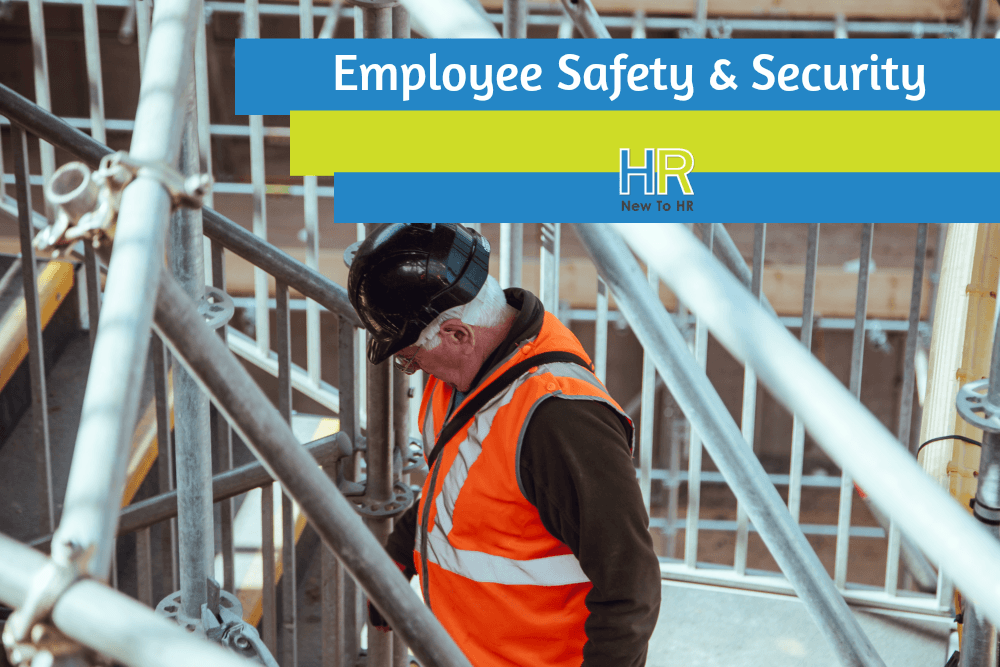
Employee Safety and Security…
People Management professionals now look at political and economical development when to identify current and future trends that may have an impact on the safety and security of their workers.
While multi-cultural teams are becoming the norm; more and more individuals are being asked to achieve goals and avoid potential organisational risks, abroad. It is inevitable that there will be exceptions to safety and security policies that this, in turn, will impact upon the organisation and its employees, in many different ways.
The theme of sending people abroad can thus be one that creates feelings of apprehension and demotivation, little wonder that employees hold contradictory attitudes towards the ways in which organisations influence the decision to go abroad.
So how do corporations manage workforce risk across global operations
If international organisations are to prosper, management should be culturally sensitive and promote international work assignments through flexible leadership, developing employees who can successfully function in a global context, creating a culture of global awareness and competitiveness.
Consequently, it is clear that, due to less strategic emphasis, employees in general are less well controlled, and their experience less well integrated into their career progression, creating risks for both the organisation and employee abroad.
Women and risks abroad
Many individuals believe that certain boundaries exist for (young) women, in terms of country location and personal safety. A majority of organisations is afraid to choose women to work abroad, especially in high-risk areas, due to gender prejudices in the country where these employees would be working.
Women in general, are more restricted in terms of being able to work anywhere in the world. I question whether this could be another reason why women are less likely to take up a career abroad, as today’s foreign work is largely in the emerging markets which are heavily dominated by male-driven and risky environments.
As one of my colleagues explained,“… [the] boundary that women in my industry face is in Asia and is related to the Asian stereotype of women as being submissive and not ‘knowledge experts’ compared to their male colleagues”.
Although this attitude is slowly changing, she emphasised that a male engineer always accompanies female engineers to lend “credibility”.
Biggest challenge
The biggest challenge for employees is dealing with the unknown, coping with loneliness and homesickness abroad and possible risks faced. It can mean losing the identity and bearings of the safe and secure environment in the home country, so impacting on both personal and professional lives.
© New To HR


